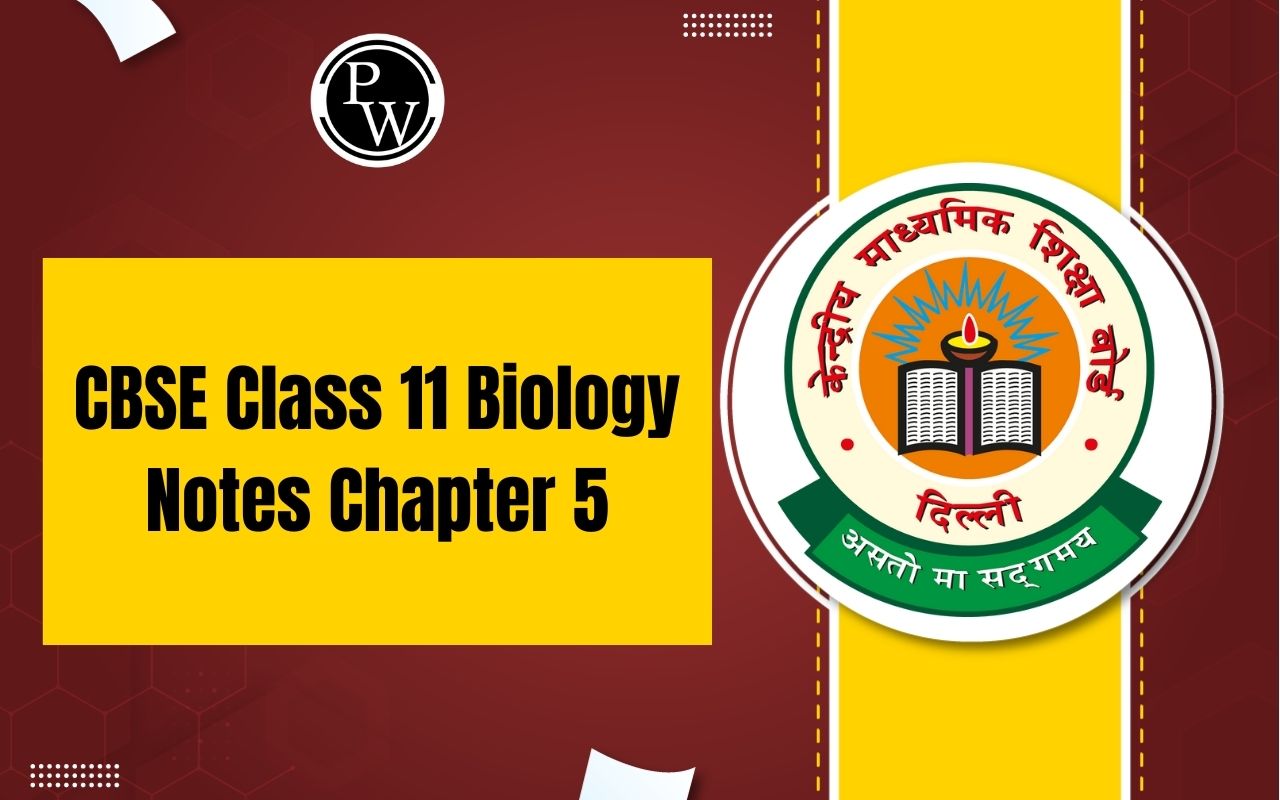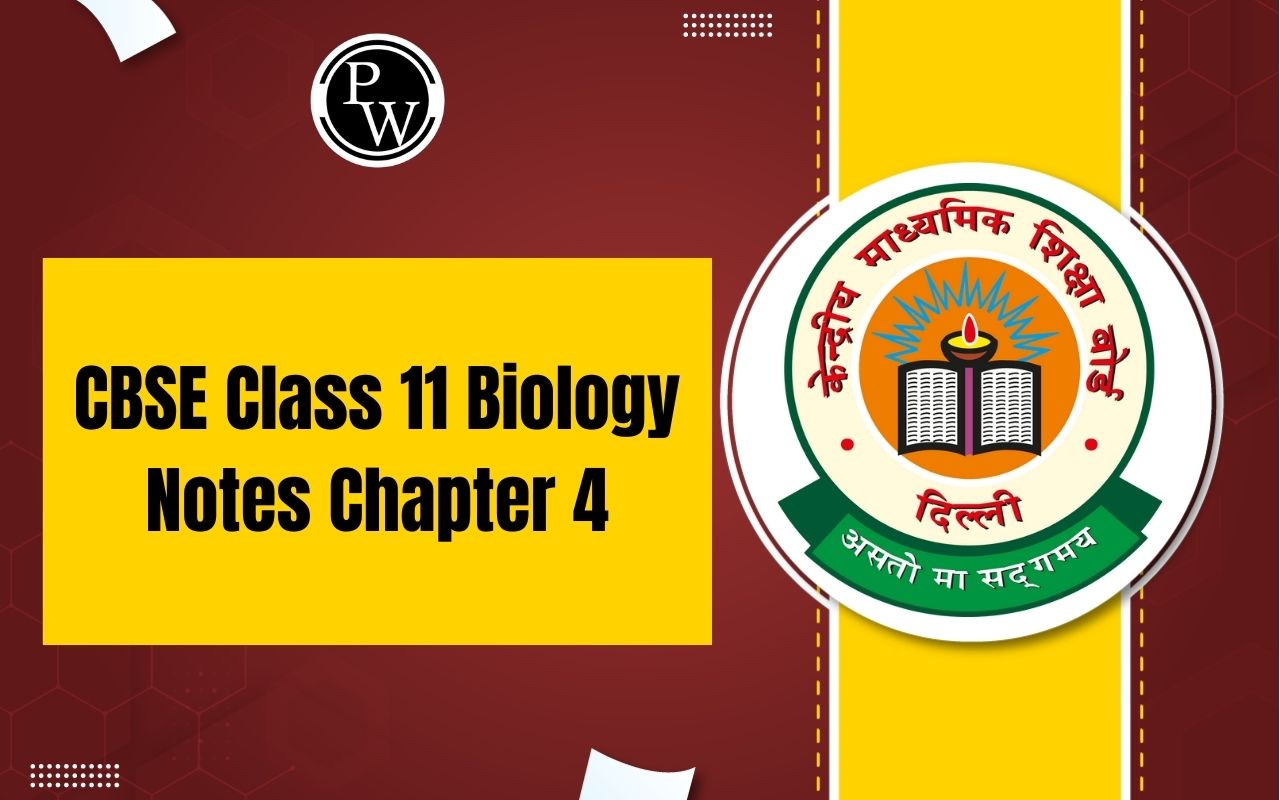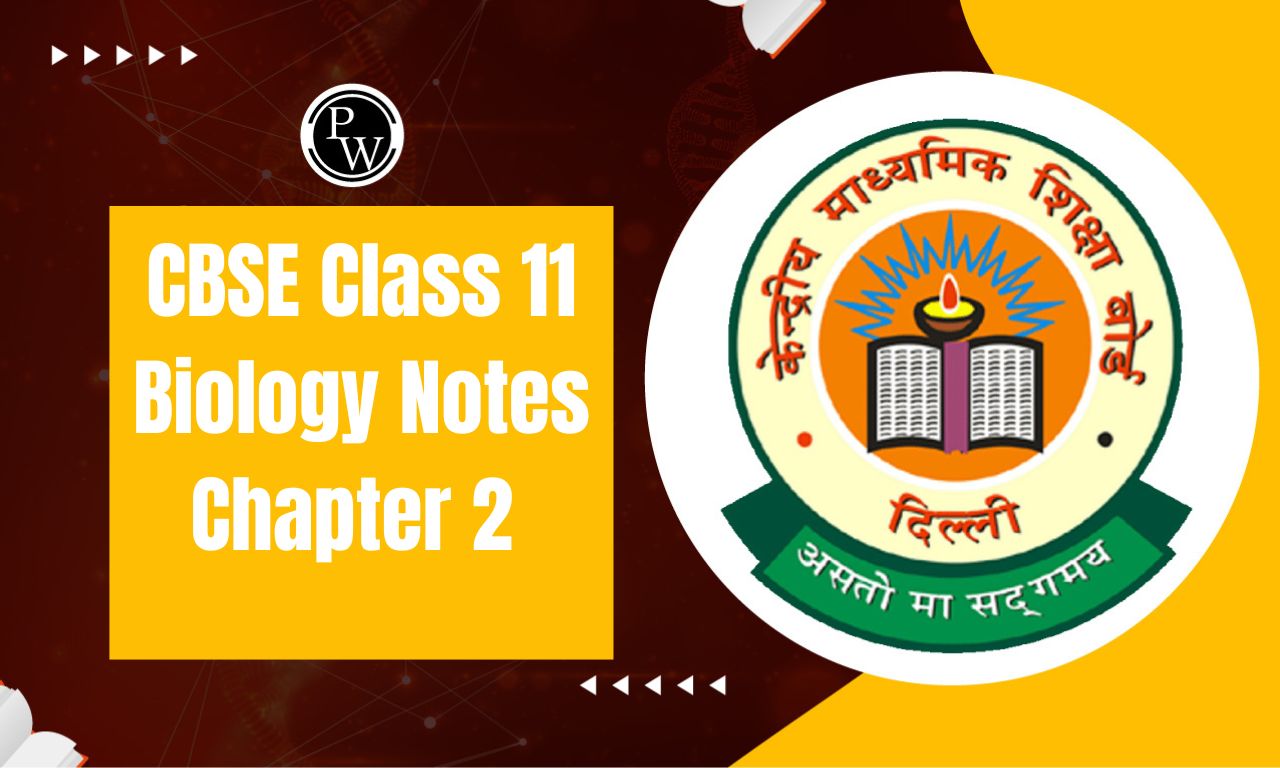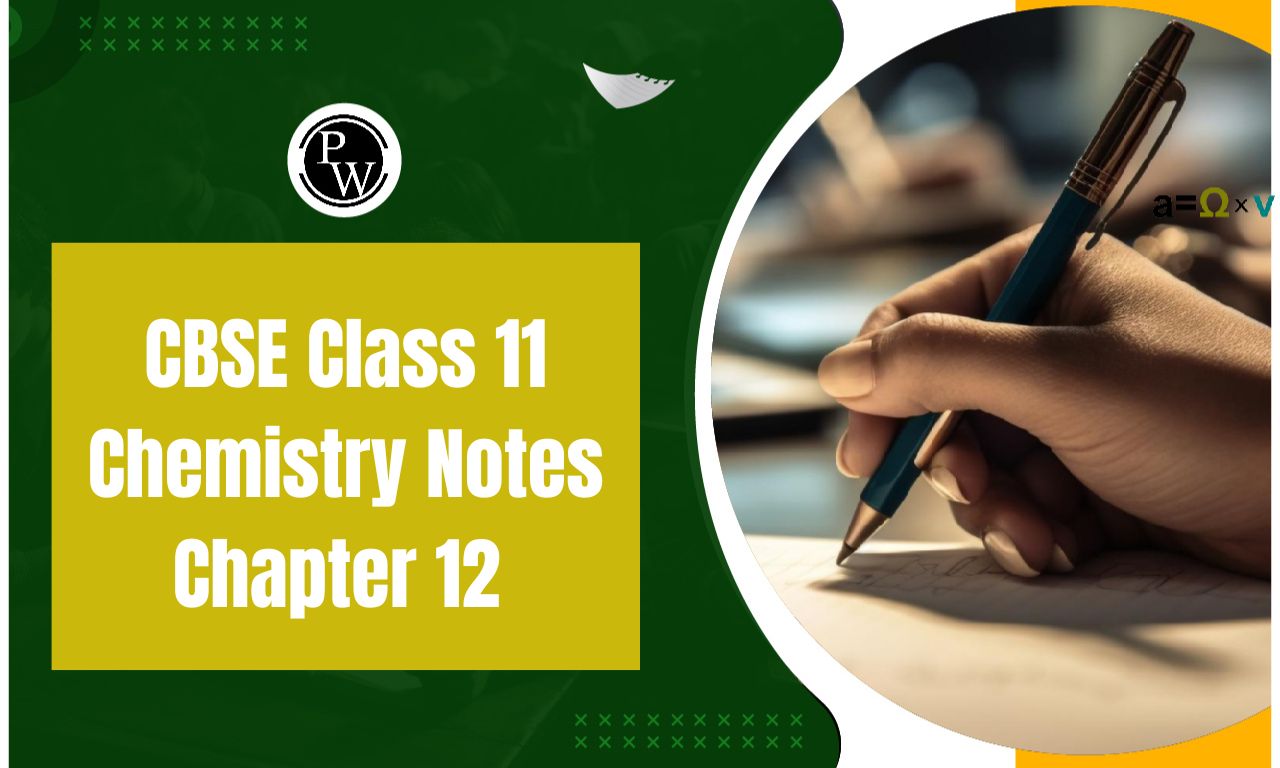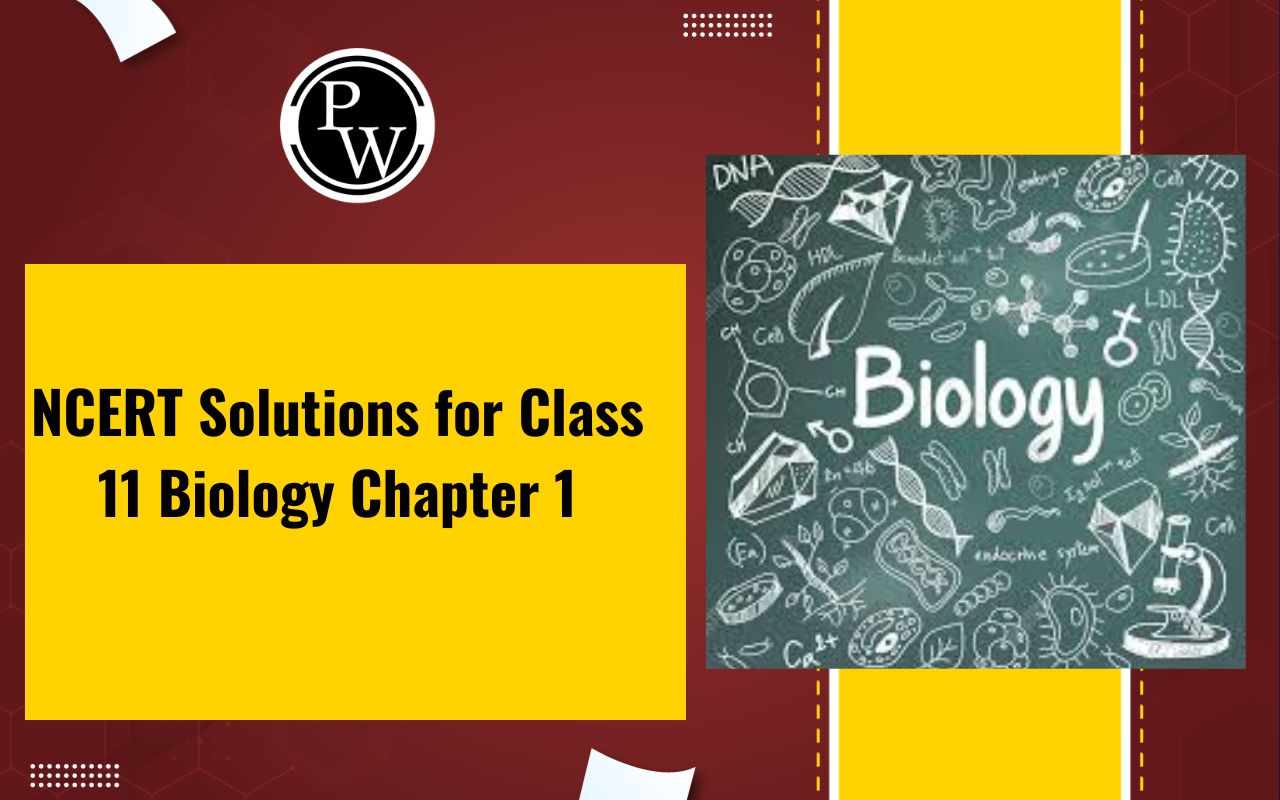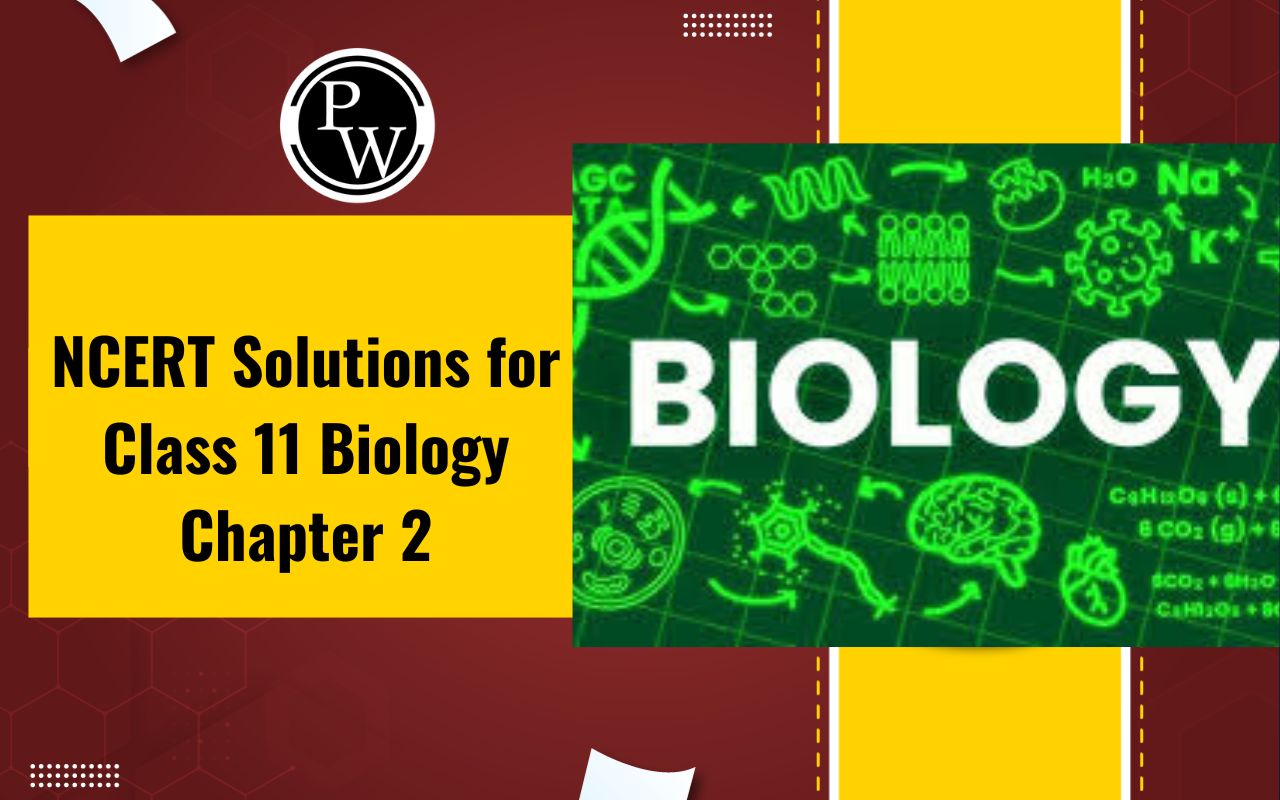Question 2: What are respiratory substrates? Name the most common respiratory substrate.
Ans:
Respiratory substrates are organic substances. They are oxidized during respiration to release energy within living cells. Carbohydrates, proteins, fats, and organic acids are common respiratory substrates. The most common respiratory substrates are glucose (carbohydrates). It is a type of hexose monosaccharide.
Question 3: Give the schematic representation of glycolysis.
Ans:
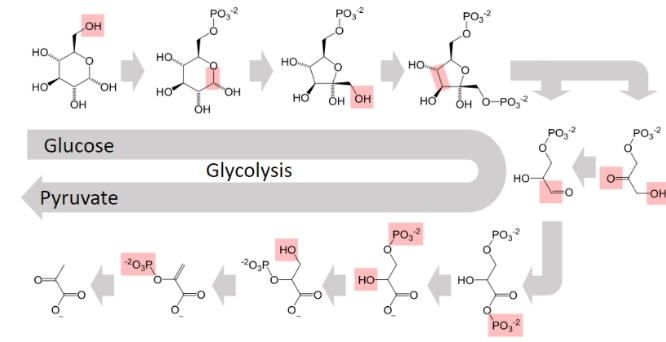
Question 4: What are the main steps in aerobic respiration? Where does it take place?
Ans. The main steps in aerobic respiration are glycolysis , Krebs cycle , and oxidative phosphorylation . Glycolysis occurs in the cytoplasm, breaking glucose into pyruvate and producing ATP and NADH.
The Krebs cycle takes place in the mitochondrial matrix, oxidizing pyruvate into CO₂, NADH, and FADH₂. Oxidative phosphorylation occurs in the inner mitochondrial membrane, where electron carriers generate ATP through the electron transport chain and chemiosmosis. This process efficiently produces energy using oxygen.
Question 5: Give the schematic representation of an overall view of Krebs’ cycle.
Ans: The schematic representation of an overall view of krebs’ cycle (Citric acid cycle):
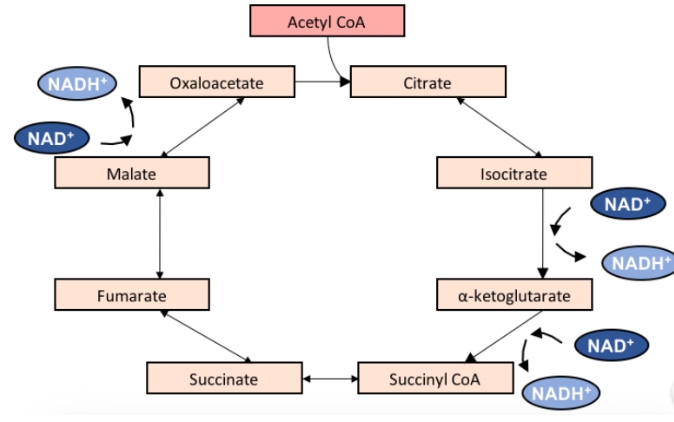
Question 6: Explain ETS.
Ans.
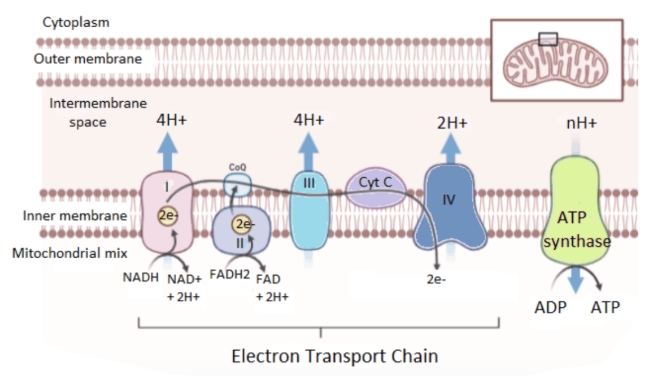
Question 7: Distinguish between the following:
a) Aerobic respiration and Anaerobic respiration.
b) Glycolysis and Fermentation.
c) Glycolysis and Citric acid cycle.
Ans:
a) Aerobic respiration and Anaerobic respiration
A. Aerobic respiration occurs in the presence of oxygen, completely breaking down glucose into carbon dioxide and water, yielding high energy (36-38 ATP per glucose). It includes glycolysis, the Krebs cycle, and oxidative phosphorylation, primarily occurring in the mitochondria.
Anaerobic respiration occurs without oxygen, partially breaking down glucose to produce energy (2 ATP per glucose) with byproducts like ethanol, lactic acid, or methane, depending on the organism. It mainly takes place in the cytoplasm and is less efficient than aerobic respiration.
B. Glycolysis is the first step of glucose metabolism, occurring in the cytoplasm, where one glucose molecule is broken into two pyruvate molecules, producing 2 ATP and 2 NADH. It is common to both aerobic and anaerobic pathways and does not require oxygen.
Fermentation is an anaerobic process that follows glycolysis when oxygen is unavailable. It converts pyruvate into end products like ethanol or lactic acid to regenerate NAD⁺ for glycolysis. While glycolysis is a universal step, fermentation is specific to anaerobic conditions.
C. Glycolysis occurs in the cytoplasm, breaking one glucose molecule into two pyruvate molecules, producing 2 ATP and 2 NADH. It is an anaerobic process and the first step in cellular respiration. In contrast, the Citric Acid Cycle (Krebs cycle) occurs in the mitochondrial matrix and requires oxygen indirectly. It oxidizes acetyl-CoA (derived from pyruvate) into CO₂, generating NADH, FADH₂, and 2 ATP. Glycolysis is a preparatory phase, while the Citric Acid Cycle is a central stage of aerobic respiration.
Question 8: What are the assumptions made during the calculation of net gain of ATP?
Ans:
Although it is possible, calculating the net ATP gain for each glucose molecule oxidised may only be a theoretical exercise in practice. Only the following presumptions can be used to make these calculations: One substrate forms the next, and the glycolysis, TCA cycle, and ETS route all happen one after the other in an orderly, sequential process. Once in the mitochondria, the NADH generated during glycolysis is subjected to oxidative phosphorylation. The pathway doesn't use any of its intermediates to create another molecule. All that is respired is glucose. At none of the intermediate steps does the route receive any more alternate substrates. However, in a living system, such assumptions are invalid. Instead of happening one after the other, all paths happen at the same time. When necessary, substrates are removed from the routes after entering them. ATP is used only when necessary. Enzymatic rates are influenced by several things. Therefore, one glucose molecule can produce 36 ATP molecules through aerobic respiration.Question 9: Define RQ. What is its value for fats?
Ans:
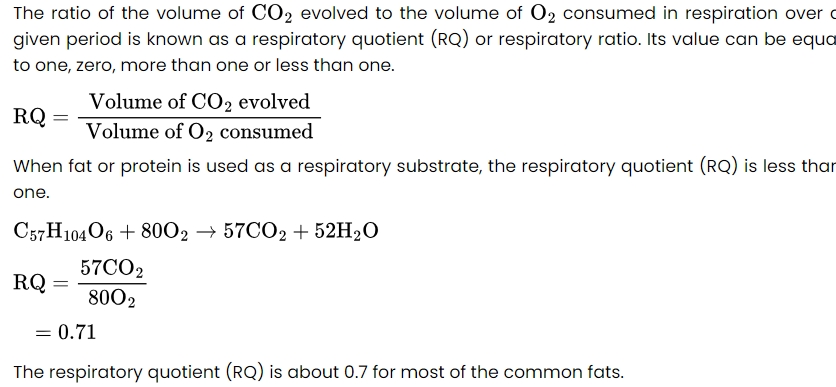
Question 10: What is oxidative phosphorylation?
Ans. Oxidative phosphorylation is the final stage of aerobic respiration, occurring in the inner mitochondrial membrane. It involves the electron transport chain (ETS) and chemiosmosis , where high-energy electrons from NADH and FADH₂ are transferred through protein complexes, creating a proton gradient. ATP synthase utilizes this gradient to generate ATP, with oxygen acting as the final electron acceptor to form water.



